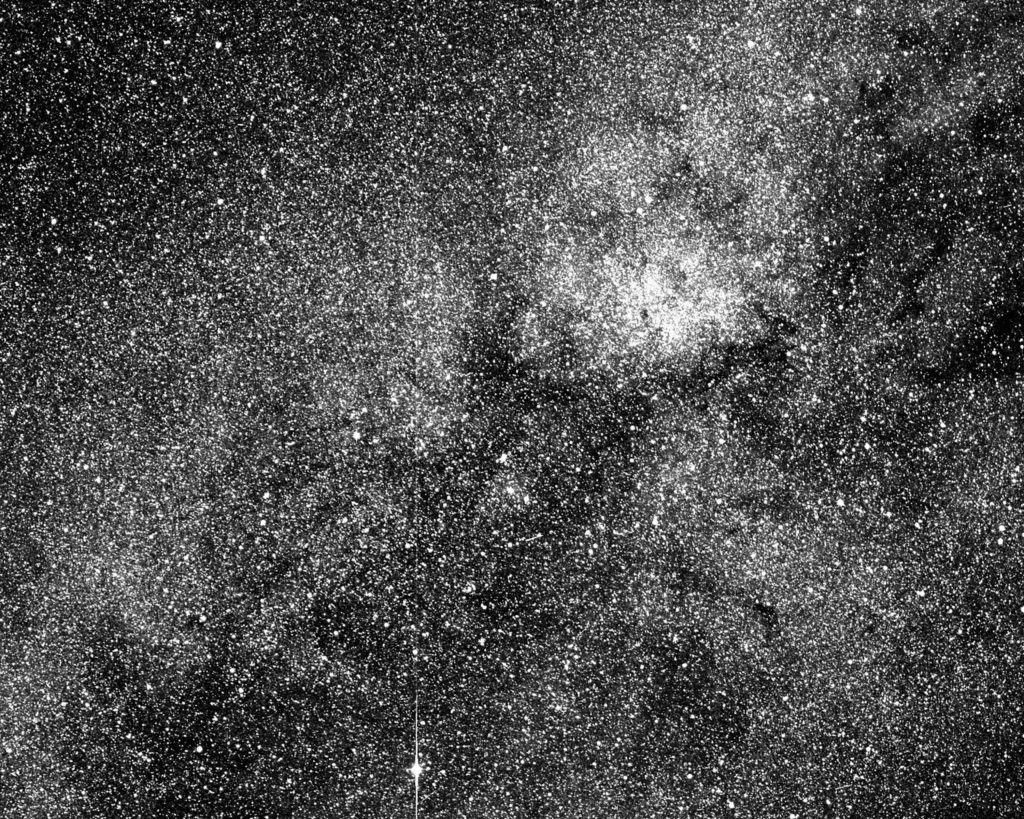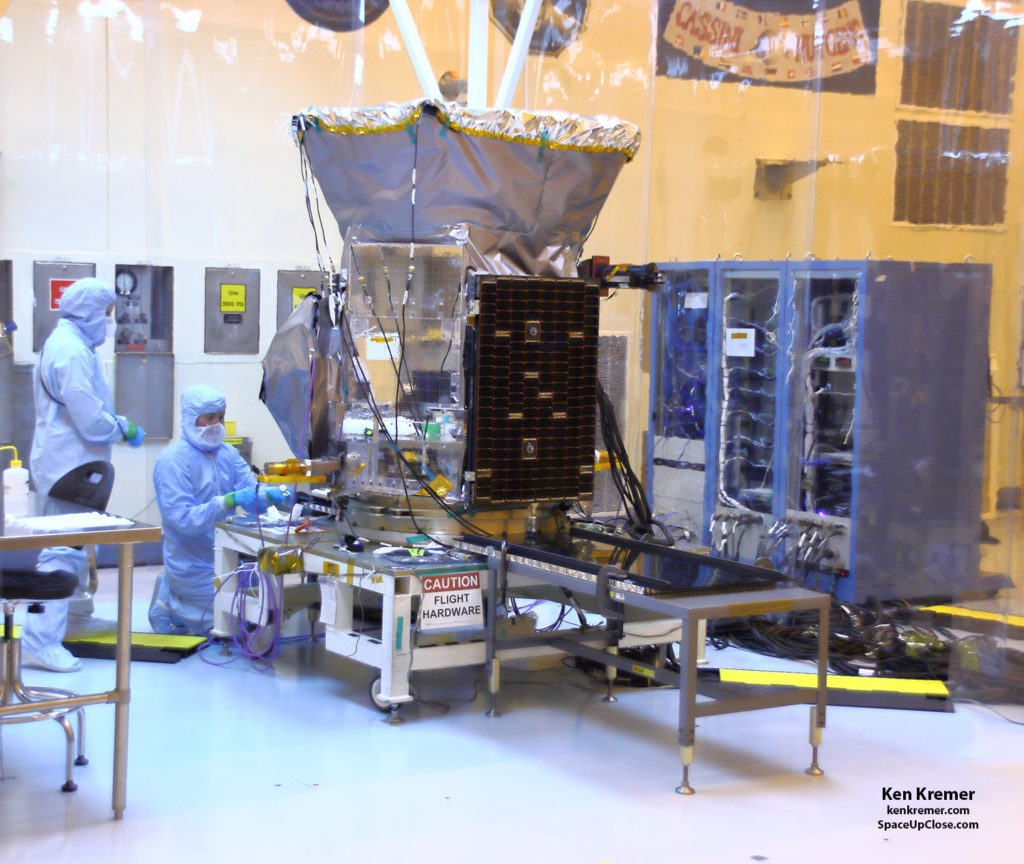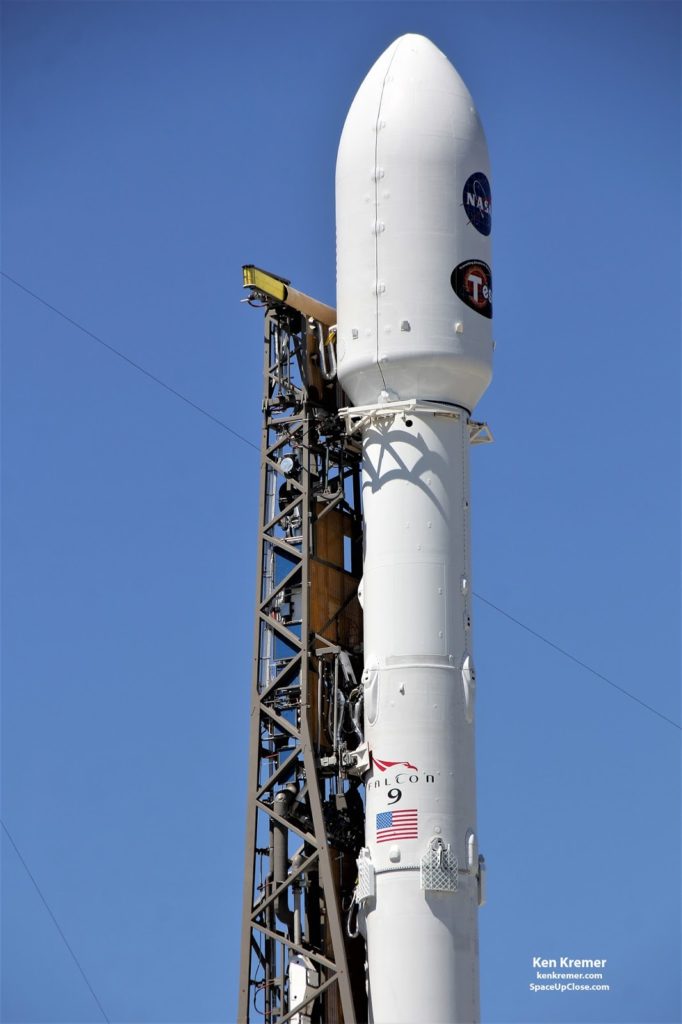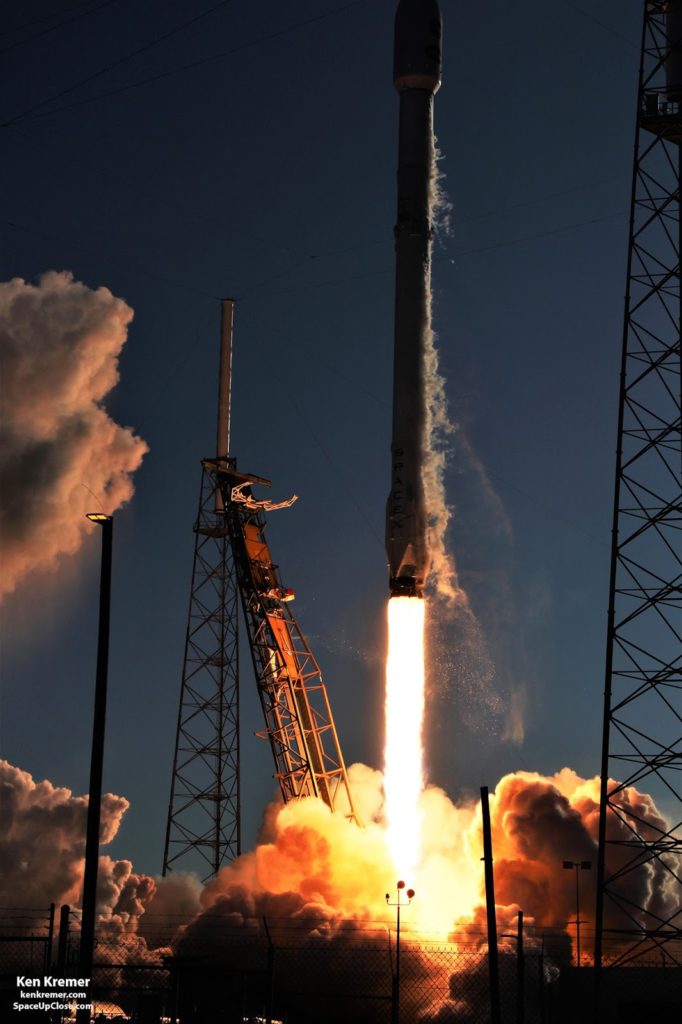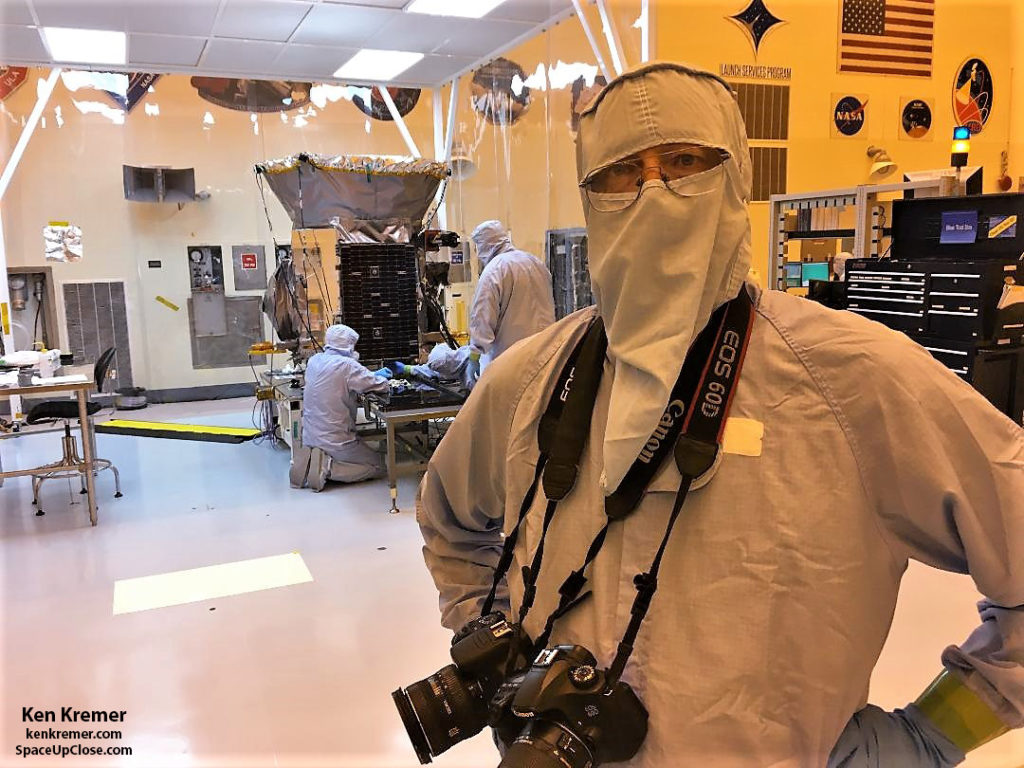Ken Kremer — SpaceUpClose.com — 25 May 2018
CENTER, FL – NASA’s newest planet hunter, the Transiting
Exoplanet Survey Satellite (TESS), achieved a pair of key commissioning phase milestones by powered up its ground breaking
cameras to snap its first test image and completing the critical orbit
adjusting gravity assist lunar flyby – thereby setting the probe up for the
final thruster firing this week required to arrive at its final P/2 resonant science
orbit.
200,000 stars are visible in the TESS test image.
all the exoplanets soon to be discovered – maybe even a New Earth !
lunar flyby was successfully carried out on May 17 at 06:31:52.180 UTC when the table sized TESS swung by the moon at an altitude of approximately 8000 kilometers (5000 mi) altitude above the
surface.
Exoplanet Survey Satellite (TESS), is one step closer to searching for new
worlds after successfully completing a lunar flyby on May 17,” NASA said in a
post flyby statement.
the Moon, which provided a gravity assist that helped TESS sail toward its
final working orbit.”
30.
is to carry out an all sky survey and discover dozens of new Earth and Super
Earth sized exoplanets beyond our Solar System that may be capable of
supporting life, and possibly answer one of humanities most profound questions
– “Are We Alone?”
camera test image was taken as part of the spacecraft and camera commissioning
phases – but NOT during the lunar flyby.
Lockwood.
test image was snapped as part of camera commissioning by the science team for
a two-second duration using one of the four identical TESS CCD cameras.
image, centered on the southern constellation Centaurus, reveals more than
200,000 stars,” said NASA.
edge of the Coalsack Nebula is in the right upper corner and the bright star
Beta Centauri is visible at the lower left edge. TESS is expected to cover more
than 400 times as much sky as shown in this image with its four cameras during
its initial two-year search for exoplanets. A science-quality image, also
referred to as a “first light” image, is expected to be released in June.”
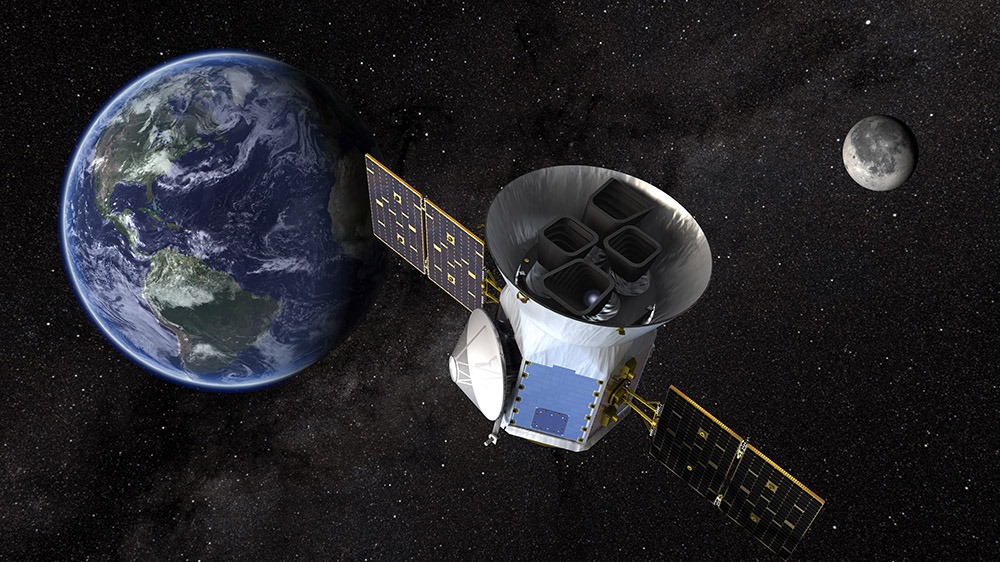 |
|
Artist’s concept of NASA’s Orbital ATK-built Transiting Exoplanet Survey Satellite (TESS) planet hunting satellite orbiting the Earth-Moon system. Credit: NASA/Orbital ATK
|
making excellent progress towards arriving at its final science orbit – scheduled
for mid-June.
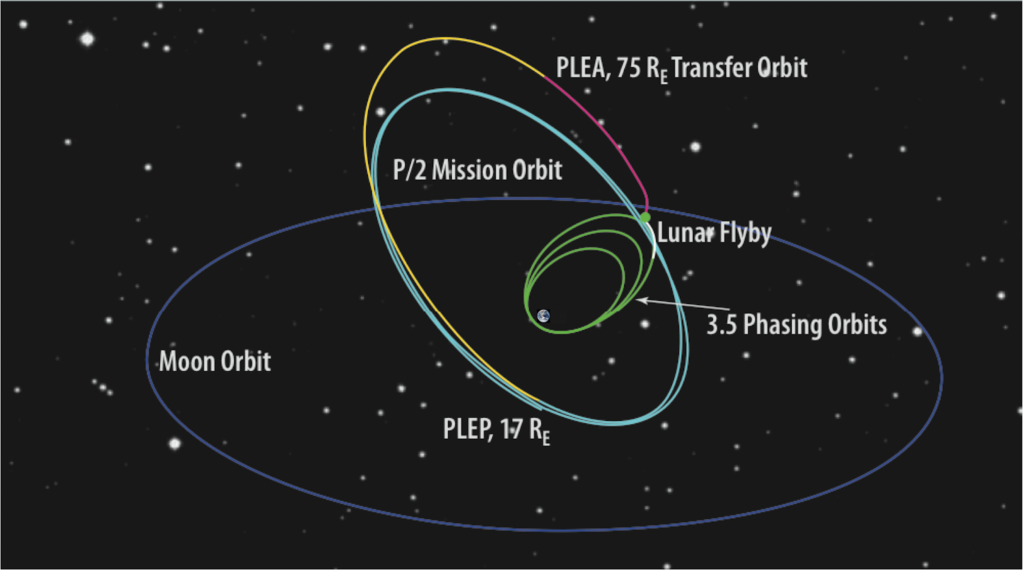 |
|
Graphic of NASA’s
Transiting Exoplanet Survey Satellite orbit raising maneuvers. Credit: NASA |
over halfway through the demanding regimen of on board thruster firings
required to carry out the preplanned series of six orbit raising maneuvers setting
up the ‘do or die’ Lunar Flyby trajectory adjustment on May 17 – absolutely critical
to reaching its intended science perch, Orbital ATK TESS program manager Robert
Lockwood told SpaceUpClose.com in a pre-flyby interview.
Lockwood.
by prime contractor Orbital ATK.
flyby of the Moon on May 17 … will change the orbit significantly .. and get in position … to do a period adjustment to get into the
special ‘goldilocks’ orbit – the P/2 lunar resonant orbit.”
mission and a follow up to the hugely successful Kepler probe which discovered
over 2300 exoplanets of all sizes.
how important is the lunar flyby?
the mission design. The lunar flyby will put us in an orbit that’s inclined to
the ecliptic by about 35 degrees,” Lockwood stated.
of GEO. So we’ll be at about 17 Earth radii for the perigee and 70 Earth radii
for the apogee.”
lower the apogee to about 59 Earth radii.”
will put TESS in exact resonance with the Moon.”
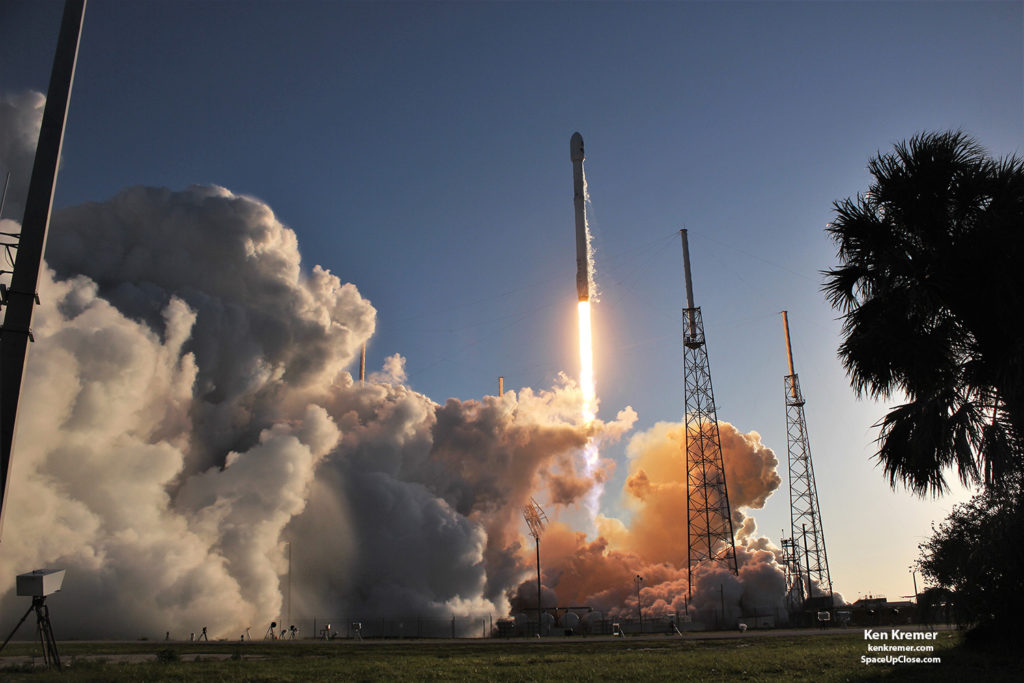 |
| Add caption |
Survey Satellite (TESS) successfully blasted off on a two stage SpaceX Falcon 9
rocket at 6:51 p.m. EDT, April 18, from seaside Space Launch Complex-40 on Cape
Canaveral Air Force Station, Florida.
Astrophysics Explorer mission led and operated by MIT and managed by
Goddard. George Ricker, of MIT’s Kavli Institute for Astrophysics and Space
Research, serves as principal investigator for the mission. TESS’s four
wide-field cameras were developed by MIT’s Lincoln Laboratory. Additional
partners include Orbital ATK, NASA’s Ames Research Center, the
Harvard-Smithsonian Center for Astrophysics, and the Space Telescope Science
Institute. More than a dozen universities, research institutes and
observatories worldwide are participants in the
mission.
SpaceX, ULA, Boeing, Lockheed Martin, Orbital ATK and more space and mission
reports direct from the Kennedy Space Center and Cape Canaveral Air Force
Station, Florida.
Earth and Planetary science and human spaceflight news: www.kenkremer.com –www.spaceupclose.com –
twitter @ken_kremer – ken
at kenkremer.com


